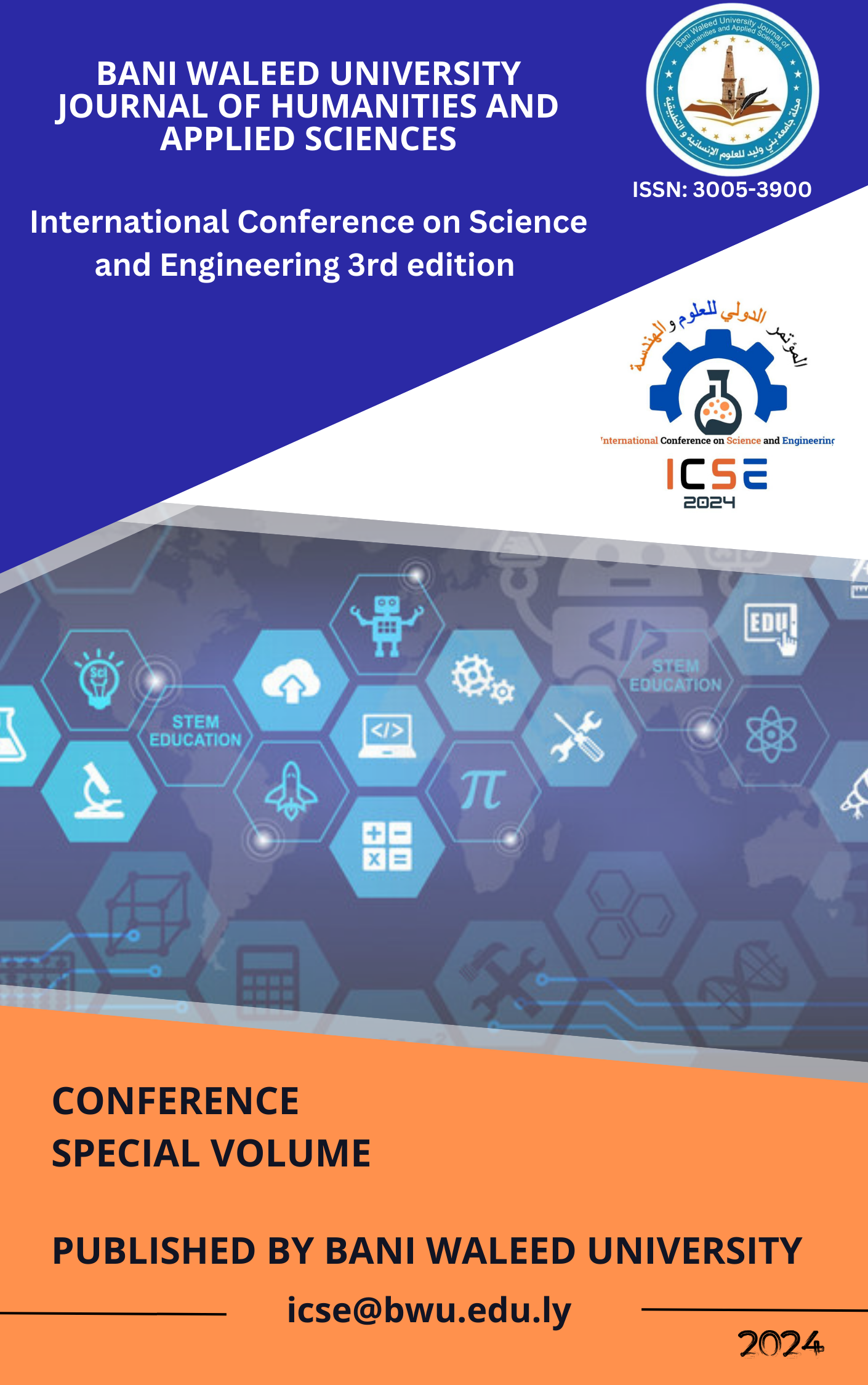Utilizing Machine Learning Algorithms for the Comprehensive Prediction and Analytical Study of Customer Churn in Electronic Commerce
DOI:
https://doi.org/10.58916/jhas.v9iالخاص.398الكلمات المفتاحية:
الانجليزيةالملخص
Accurately predicting customer churn is vital for e-commerce businesses looking to enhance customer retention and sustain growth. This study evaluates the performance of various machine learning models in predicting customer churn, including Support Vector Machine (SVM), Logistic Regression (LR), Extreme Gradient Boosting (XGBoost), Random Forest (RF), Decision Tree (DT), and Adaptive Boosting (AdaBoost). By assessing each model's accuracy, precision, recall, and F1 score, we identified that ensemble learning methods, particularly Random Forest and XGBoost, are superior. The Random Forest model achieved an outstanding accuracy of 96.81%, with a precision of 95.20%, recall of 98.70%, and F1 score of 96.92%. Similarly, XGBoost delivered impressive results with an accuracy of 96.27%, precision of 93.72%, recall of 99.31%, and F1 score of 96.43%. SVM and Decision Tree models showed moderate effectiveness, while Logistic Regression and AdaBoost had lower performance metrics. These results highlight the strength of ensemble techniques in dealing with the complexities of churn prediction. The study concludes that leveraging advanced machine learning models, especially ensemble methods, can significantly enhance the accuracy and reliability of customer churn predictions. This advancement allows e-commerce businesses to implement proactive and effective customer retention strategies, reducing churn rates and boosting customer loyalty. Future work should consider incorporating additional features and applying these models to real-world datasets to further validate and refine their predictive capabilities.








